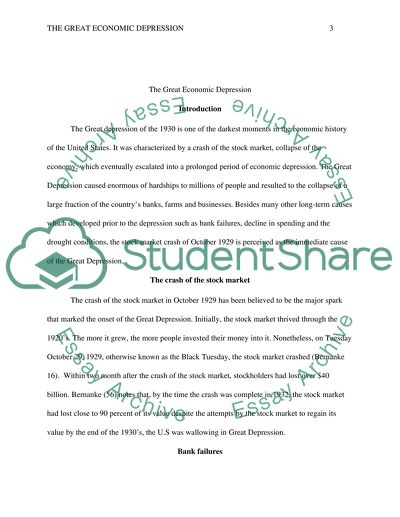Cite this document
(“The Great Economic Depression Term Paper Example | Topics and Well Written Essays - 1250 words”, n.d.)
The Great Economic Depression Term Paper Example | Topics and Well Written Essays - 1250 words. Retrieved from https://studentshare.org/macro-microeconomics/1491969-the-great-economic-depression
The Great Economic Depression Term Paper Example | Topics and Well Written Essays - 1250 words. Retrieved from https://studentshare.org/macro-microeconomics/1491969-the-great-economic-depression
(The Great Economic Depression Term Paper Example | Topics and Well Written Essays - 1250 Words)
The Great Economic Depression Term Paper Example | Topics and Well Written Essays - 1250 Words. https://studentshare.org/macro-microeconomics/1491969-the-great-economic-depression.
The Great Economic Depression Term Paper Example | Topics and Well Written Essays - 1250 Words. https://studentshare.org/macro-microeconomics/1491969-the-great-economic-depression.
“The Great Economic Depression Term Paper Example | Topics and Well Written Essays - 1250 Words”, n.d. https://studentshare.org/macro-microeconomics/1491969-the-great-economic-depression.


